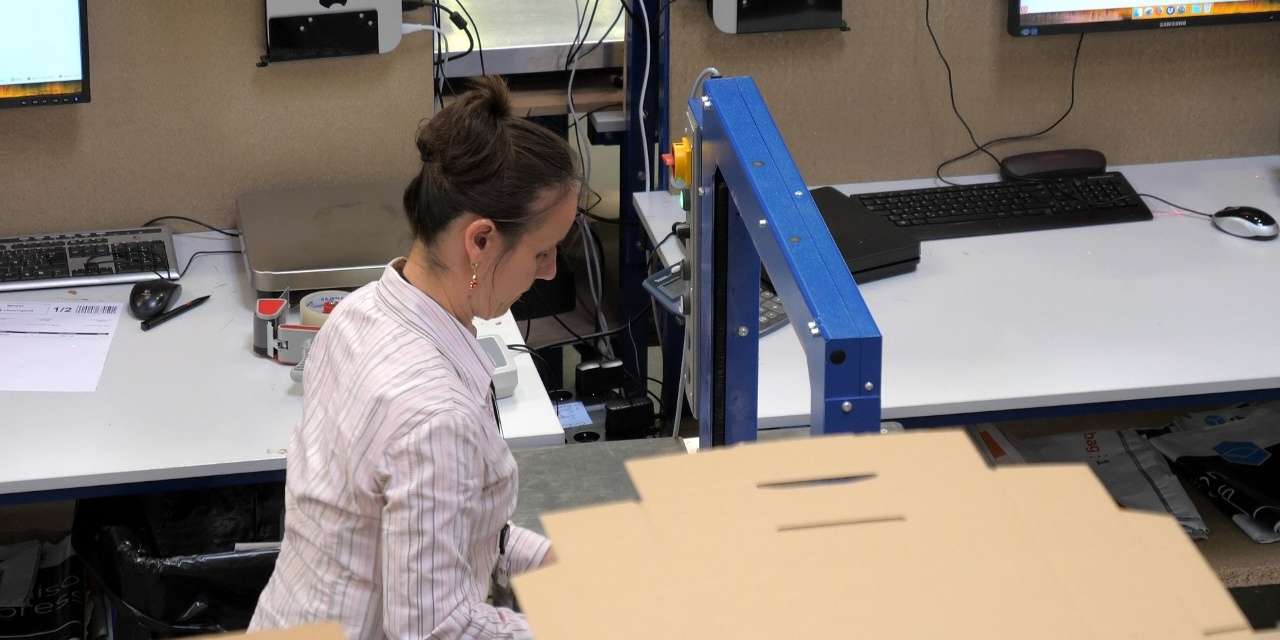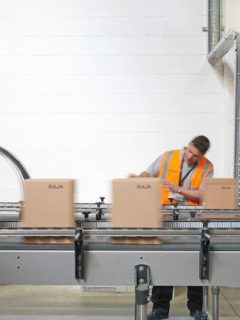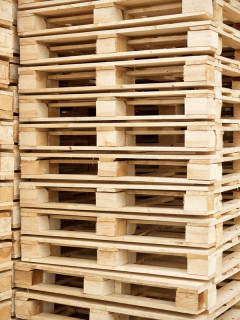Each step in the packaging of your goods is crucial, both for its proper delivery and for the customer experience you are preparing. You have chosen your packaging and your wedging… but have you thought about securing your package?
Properly strapping your package, box or pallet is the guarantee of the inviolability of your shipment and of a particularly effective closure. The strap – the band – that surrounds your package must be chosen carefully according to the weight and the conditions of transport. Our advice for making the right choice.
Definition of a strap
- Strapping is the “band” or “strap” that will surround your parcel, amalgam or pallet.
- It ensures the inviolability of a parcel, gathers elements to facilitate transport and reinforces the structure of your amalgam.
- The type of strap determines its strength and flexibility and therefore the recommended uses. Follow the guide to find your way around.
follow the guide to find your way around

What type of strapping should I use to strap my shipments?
There are different types
of strapping
, each adapted to specific modes of transport and packages
The choice of your strap will depend on the type of product you wish to transport, but also on the total weight of your parcel, its storage conditions and the distance it will travel.
Plastic strapping (polypropylene)
- Maximum load: 260 kg
- Storage: only indoors and for short periods of time
- Use: manually and with machine
this is the
most common and economical type of plastic strap and is suitable for strapping light loads. It is very flexible and therefore easy to apply to the package, and is also resistant to temperature variations and rust.
This polypropylene plastic strap can be uncoiled by hand, or with an electric tensioner for greater convenience.
Some common uses observed
- Strapping of packages (boxes and cartons) weighing less than 30 kg;
- Strapping of newspapers/magazines;
- Extra protection against theft on light parcels.

In the 123roulement warehouse, where we use a strap personalised with the brand name
Polyester strap
- Maximum load: 820 kg
- Storage: long term, outside inside
polyester is UV resistant, moisture
resistant
and
can
withstand temperatures up to 80°C.
It does not rust or warp during use.
It is also a plastic strap, but much stronger. Polyester provides strength and flexibility, making
it
suitable for strapping heavy or compressible loads (cardboard, wood, building materials)
This polyester plastic strap is suitable for long term storage and outdoor use, it is insensitive to humidity, UV and temperature variations and is suitable for rigid and heavy products (bricks, steel tubes…)
advice: It is an excellent alternative to steel strapping for palletising heavy loads! Both flexible and strong, it resists shocks and difficult transport or storage conditions.
Some common uses observed
- Palletising heavy loads;
- Strapping of building materials;
- Glassware
Ecological strapping
Made from recycled polyester or polypropylene, ecological strapping will help you to create eco-responsible packaging.
It is insensitive to humidity, UV and temperature variations, and can therefore be used for long-term storage outdoors.
It
is also safe for operators (it does not cut and can withstand shocks during transport), does not deform when in contact with rigid and heavy products, and guarantees constant tension of the strapped loads under pressure.
Some common uses observed
- Palletising ;
- The constitution of medium-heavy loads;
- Bricks, steel tubes;
- Textiles or cardboard
Textile strapping
- Maximum load: 2,200 kg
- Storage: UV and moisture resistant and does not deform under pressure, making it ideal for long term storage indoors and outdoors.
- Application: only manual with a tensioner
advice: Created from polyester yarns or artificial fibres assembled either by weaving the yarns lengthwise and widthwise or by gluing the yarns side by side (using Hot MeltⓇ glue).
This strap is flexible, light and very strong, which makes it possible to strap packages manually with rigid, fragile, sharp-edged, compressible or incompressible loads.
This strapping strap can be applied manually, without difficulty.
Some common uses observed
- Strapping of heavy and/or fragile loads;
- Strapping of protruding or sharp objects (pieces of wood, tiles, parquet);
- Lashing of machines;
- Bundling of steel tubes.
Steel (stainless steel) strapping
- Maximum load: 725 kg
- Storage: Suitable for long-term storage and outdoor use.
- Use: manual only
this steel strap is used for strapping very heavy loads of up to several tons.
It is specially designed for strapping rigid, non-compressible or sharp-edged loads
.
Thanks to its strength and high resistance to breakage, it keeps the strapped goods in place and stabilises them.
It retains its mechanical properties
over time. Some common uses observed
- Strapping of non-compressible rigid loads;
- Strapping of building materials (bricks or tiles);
- Palletising in the building industry: construction, sawmills, metalworking.















